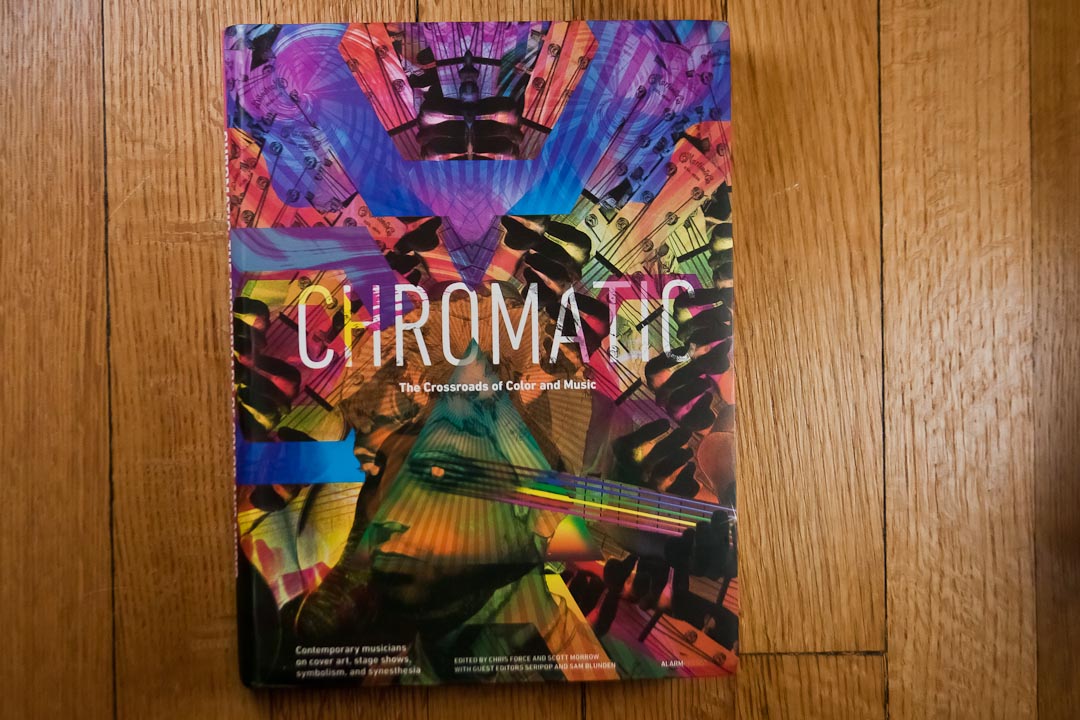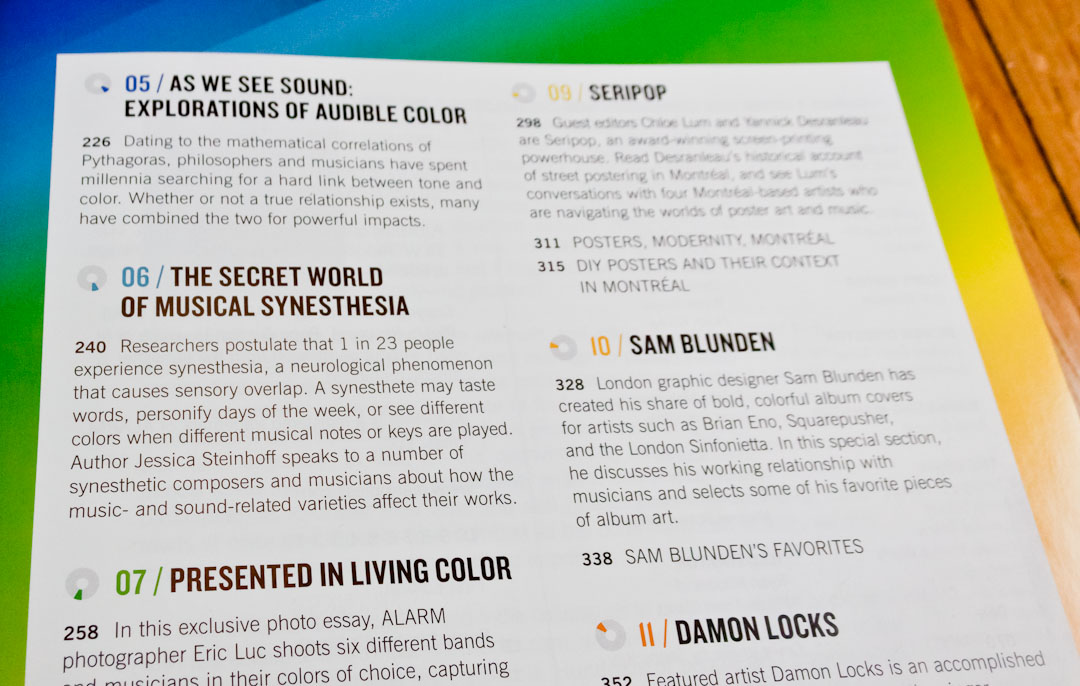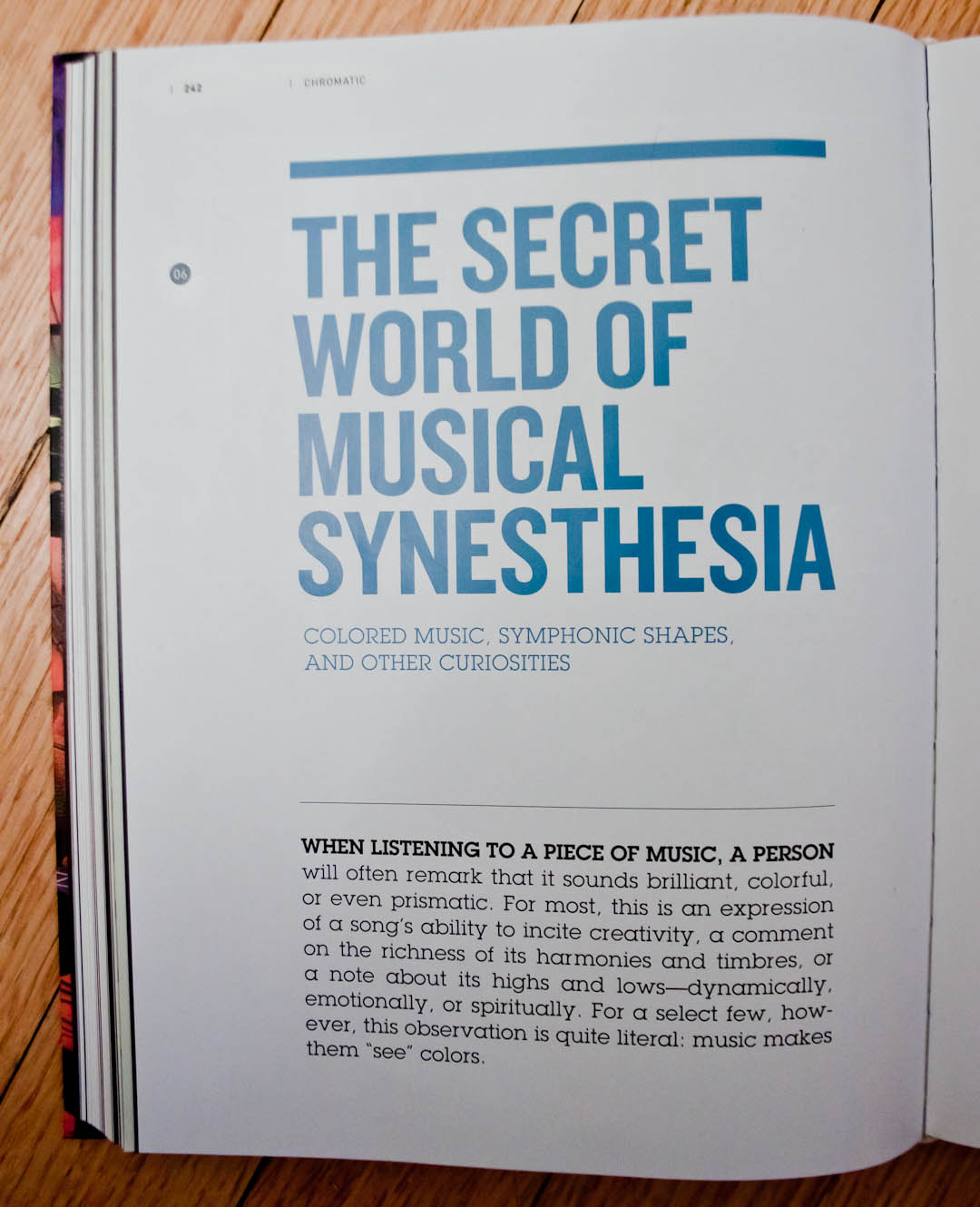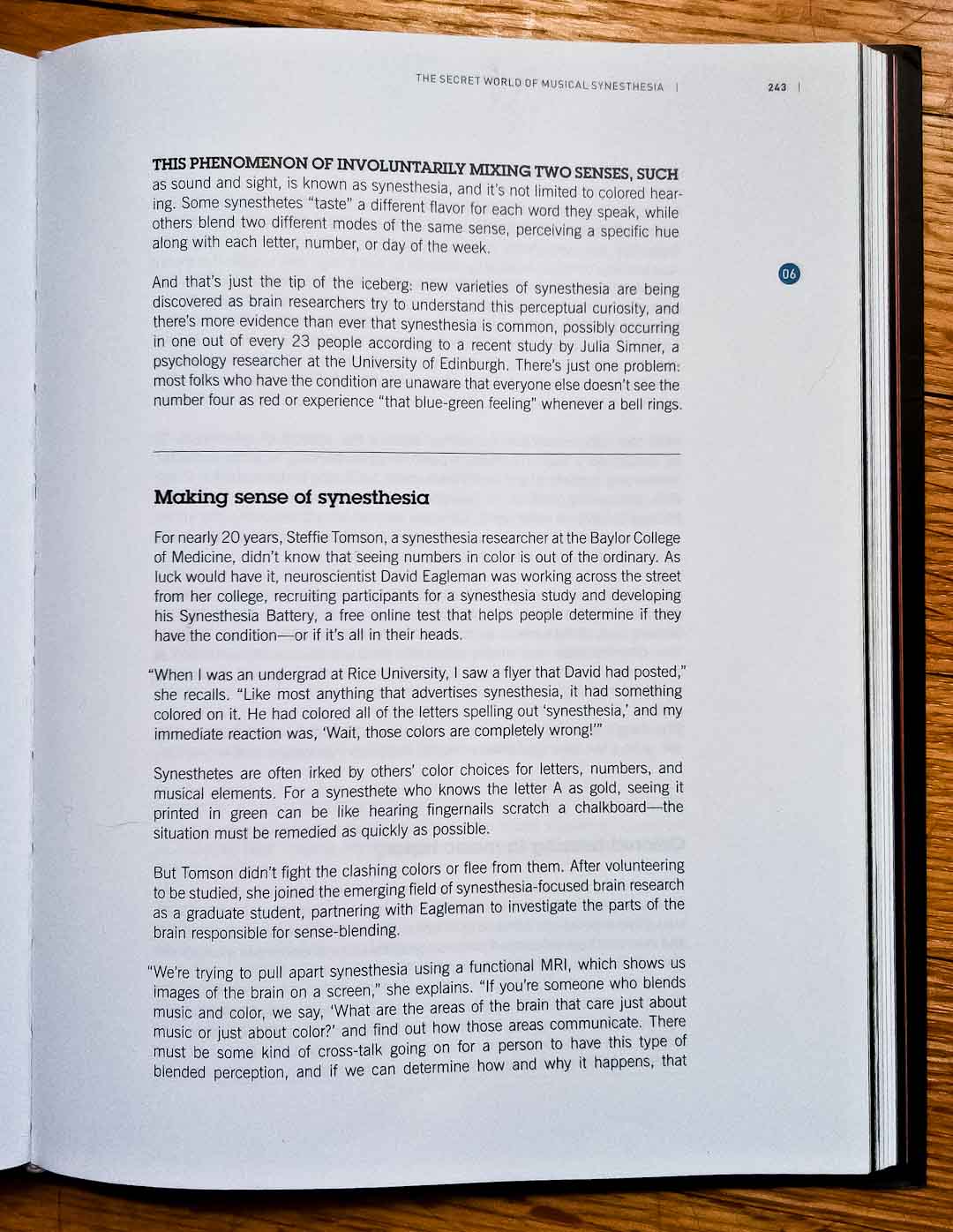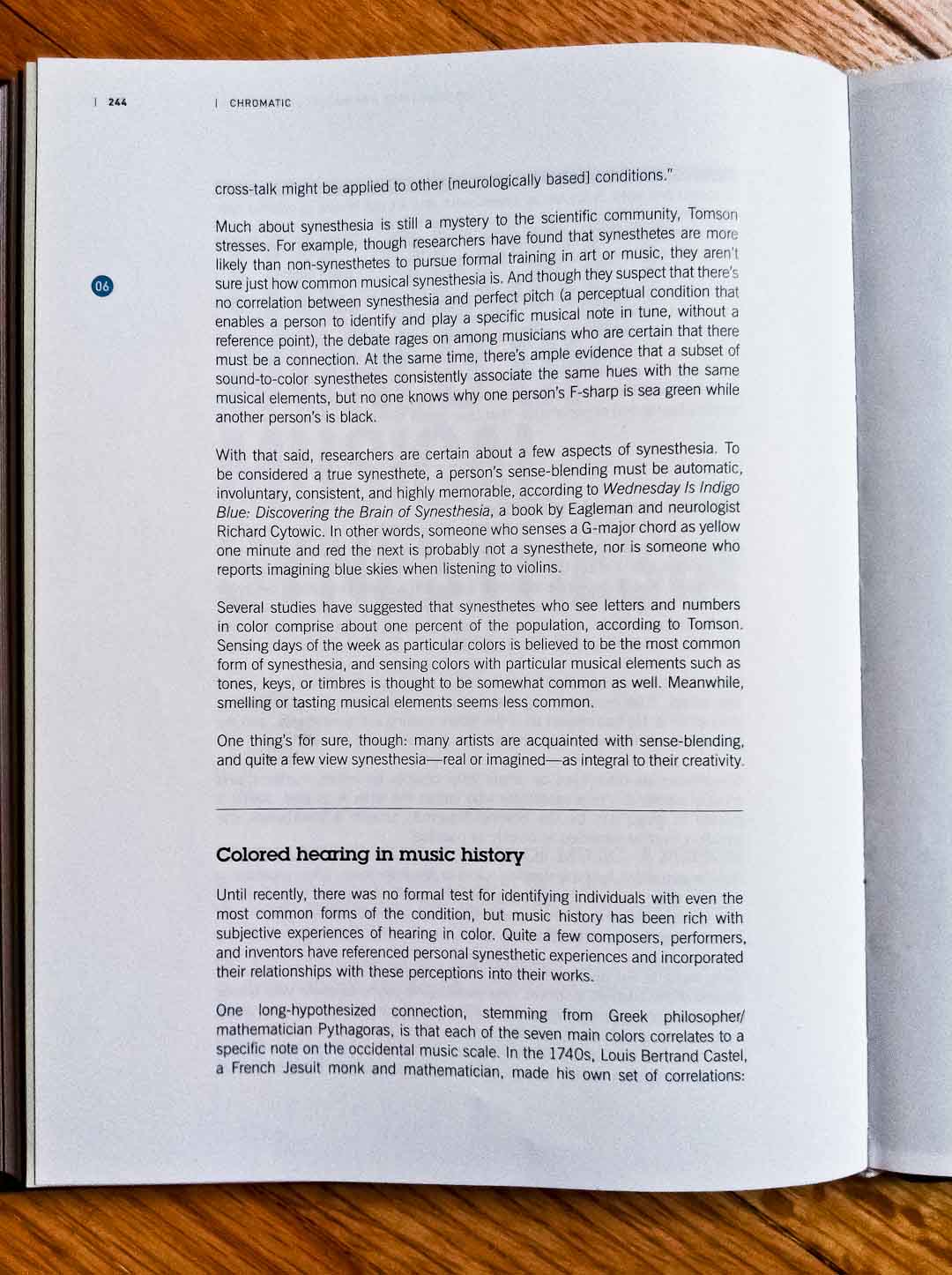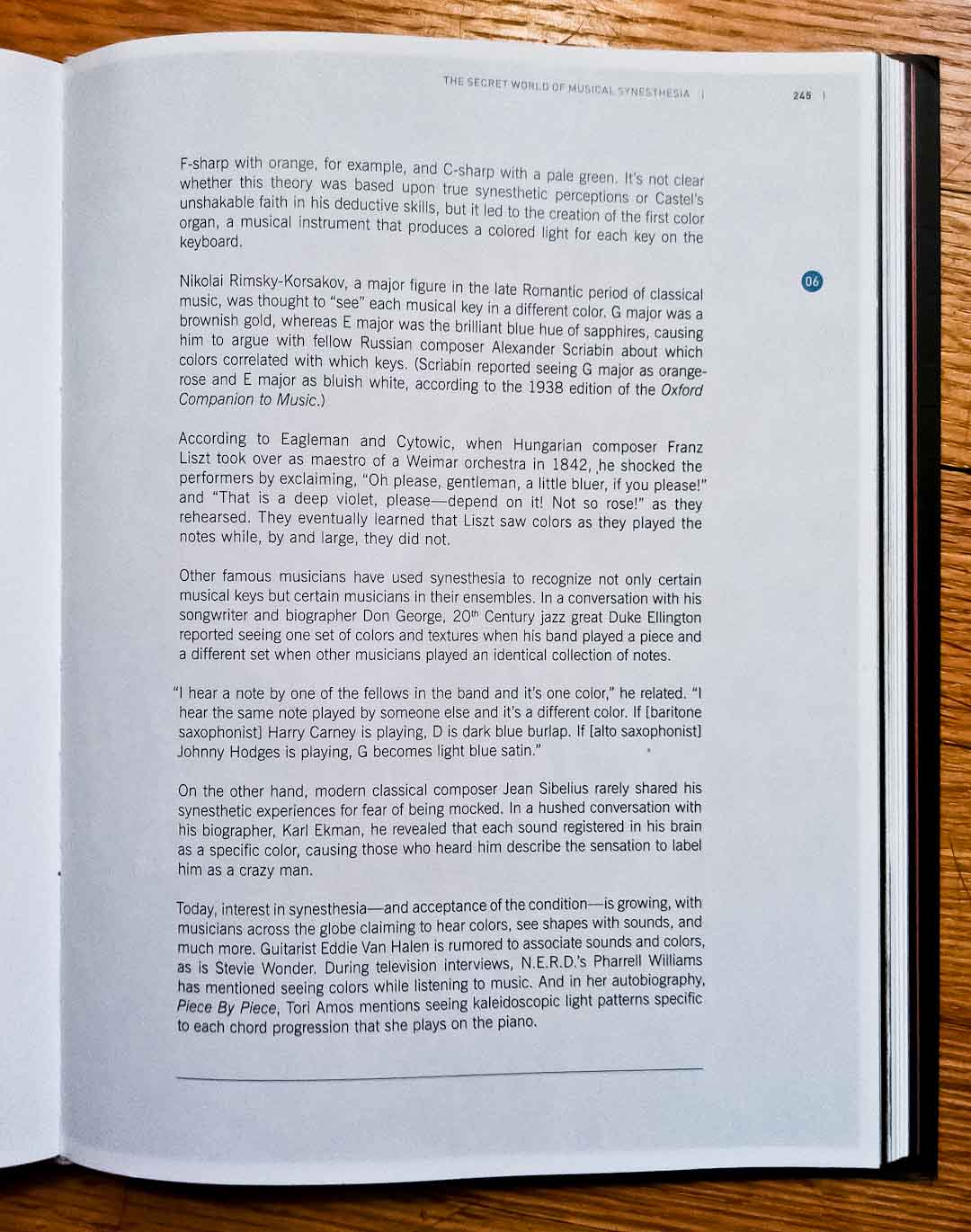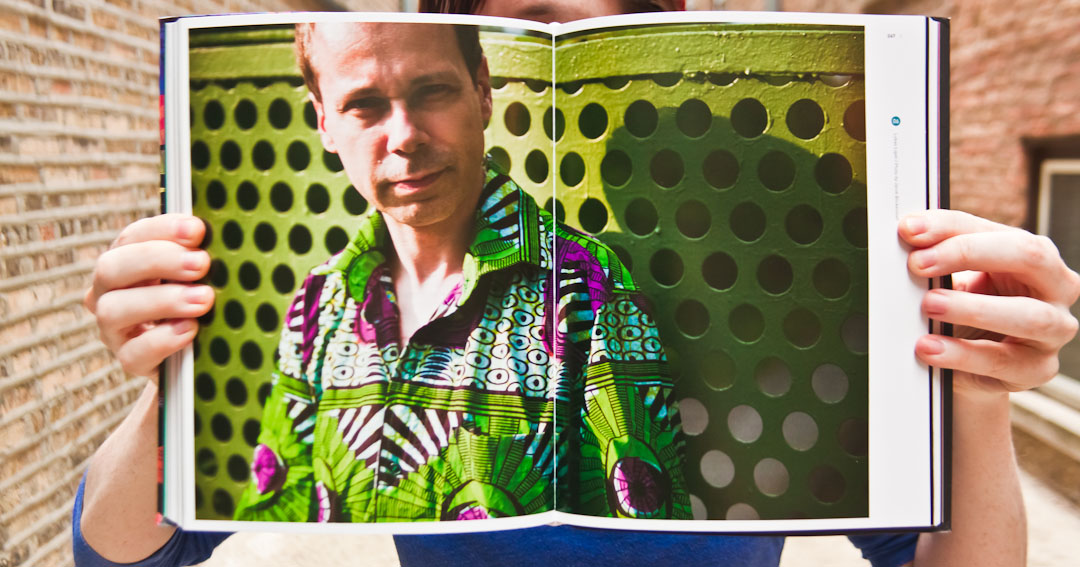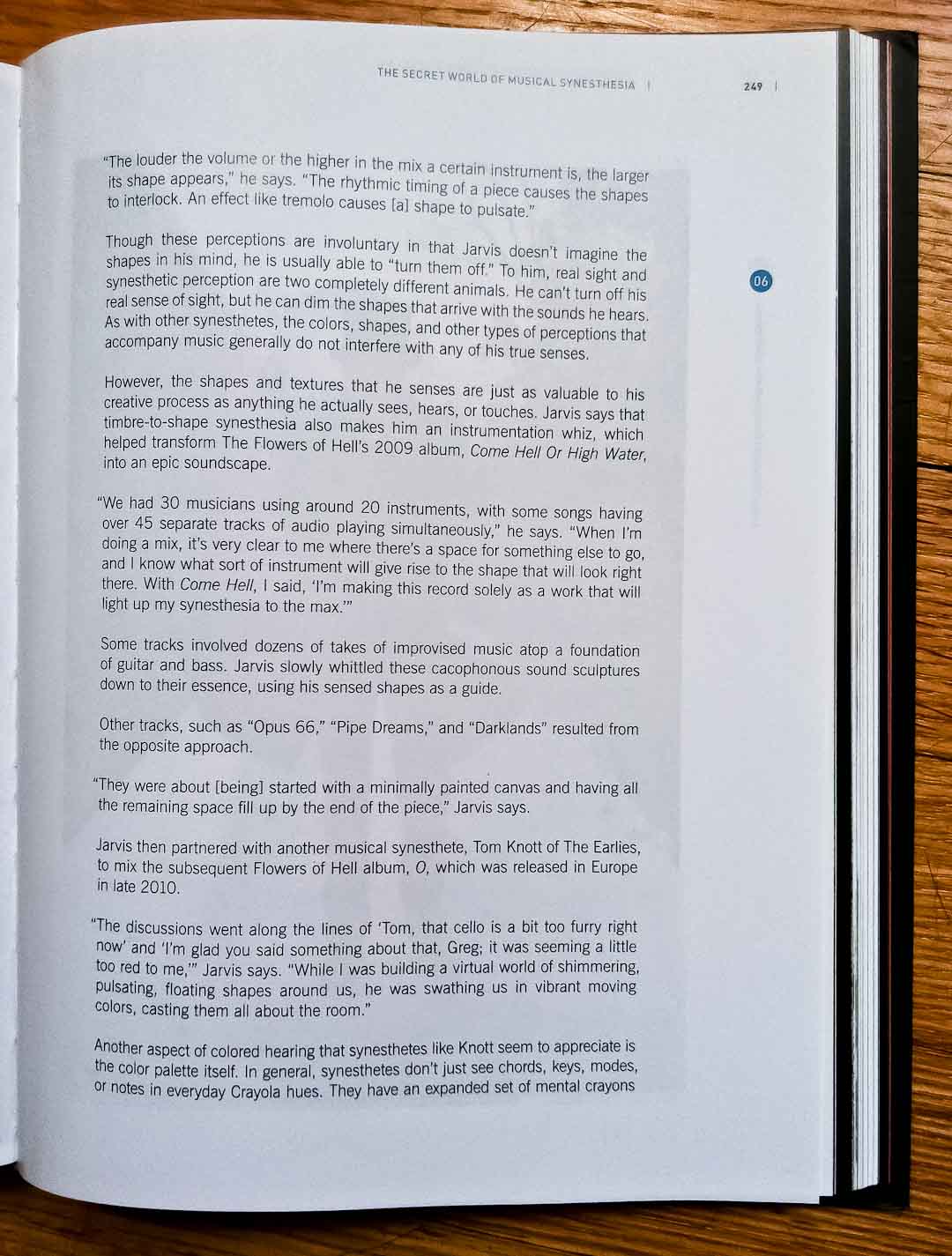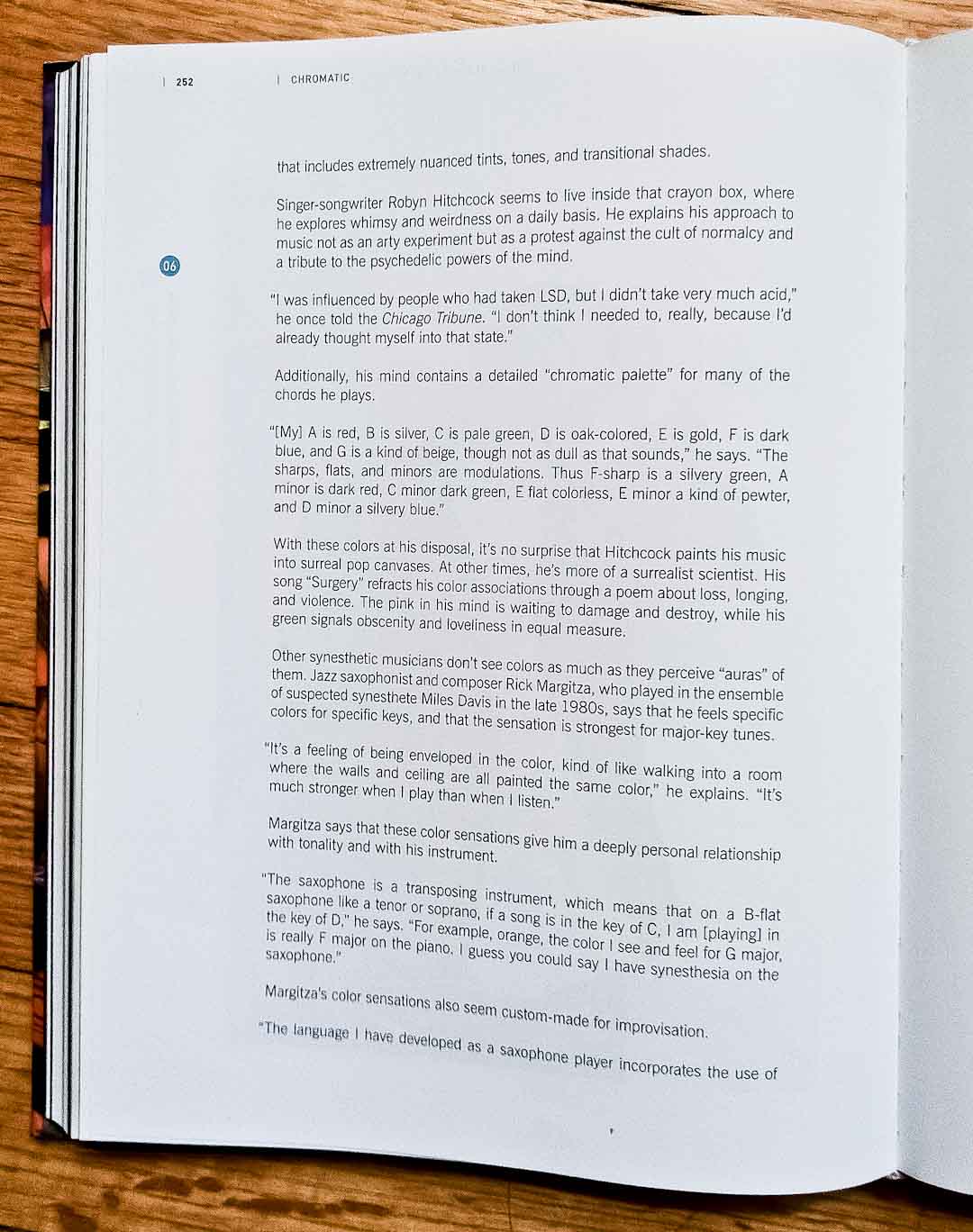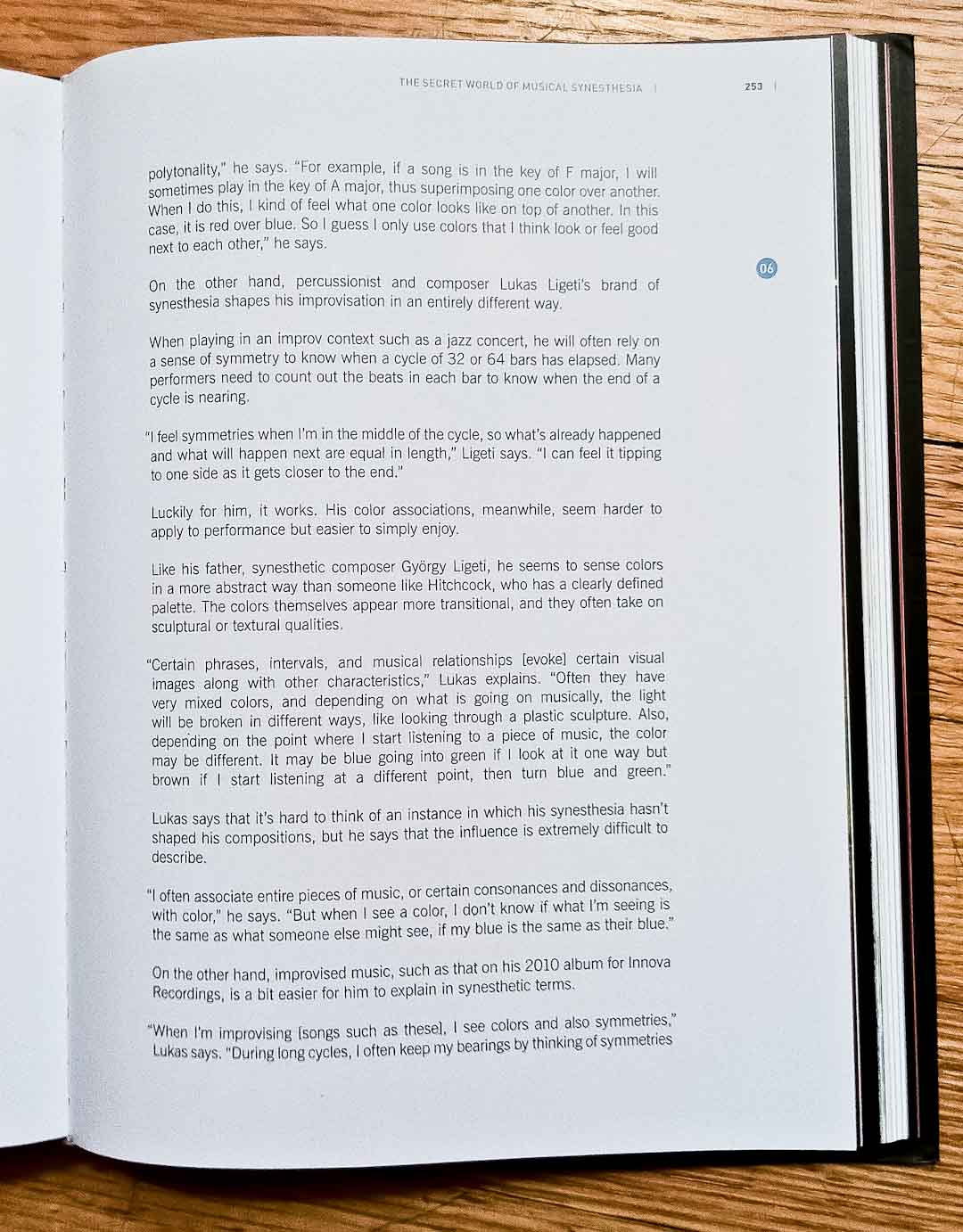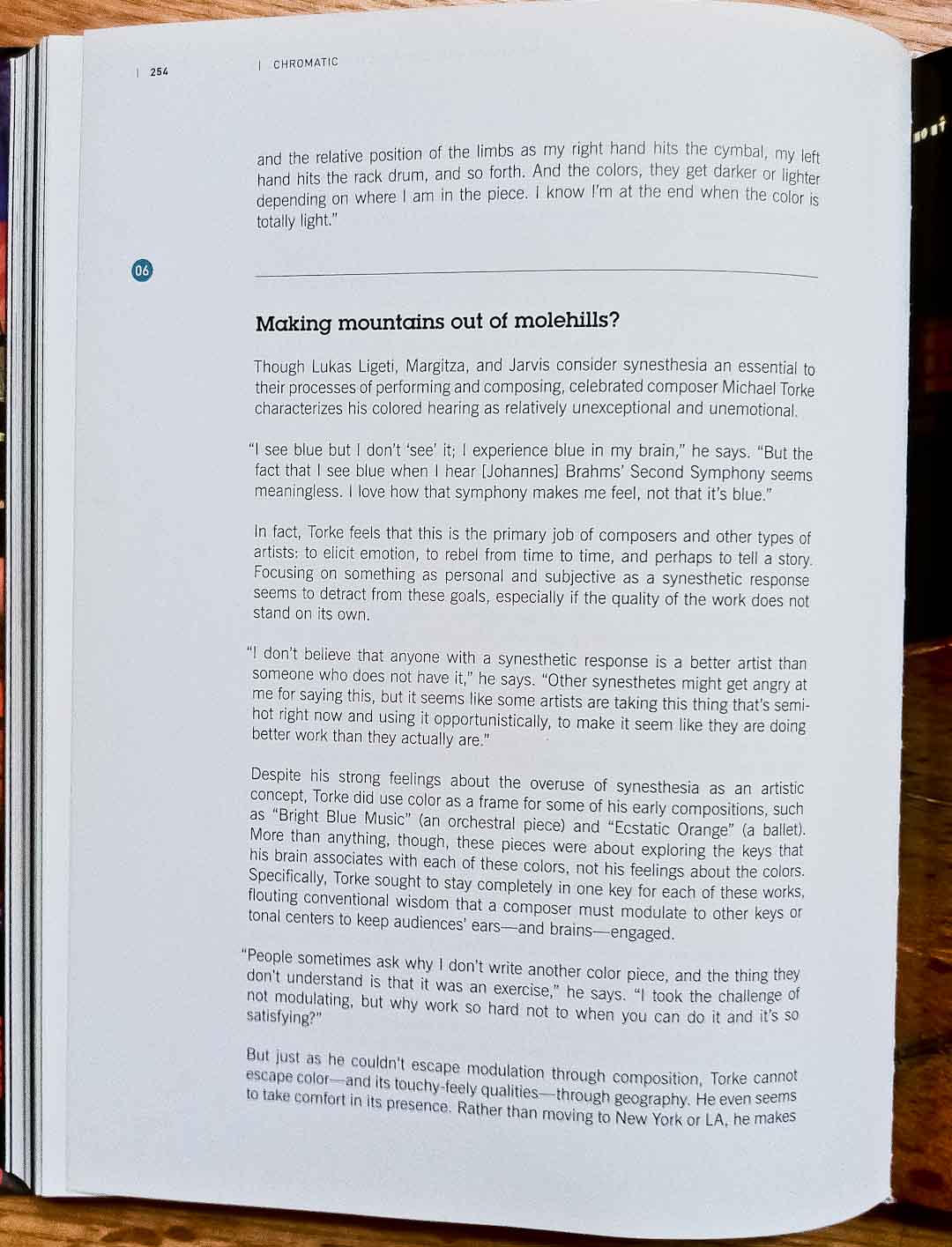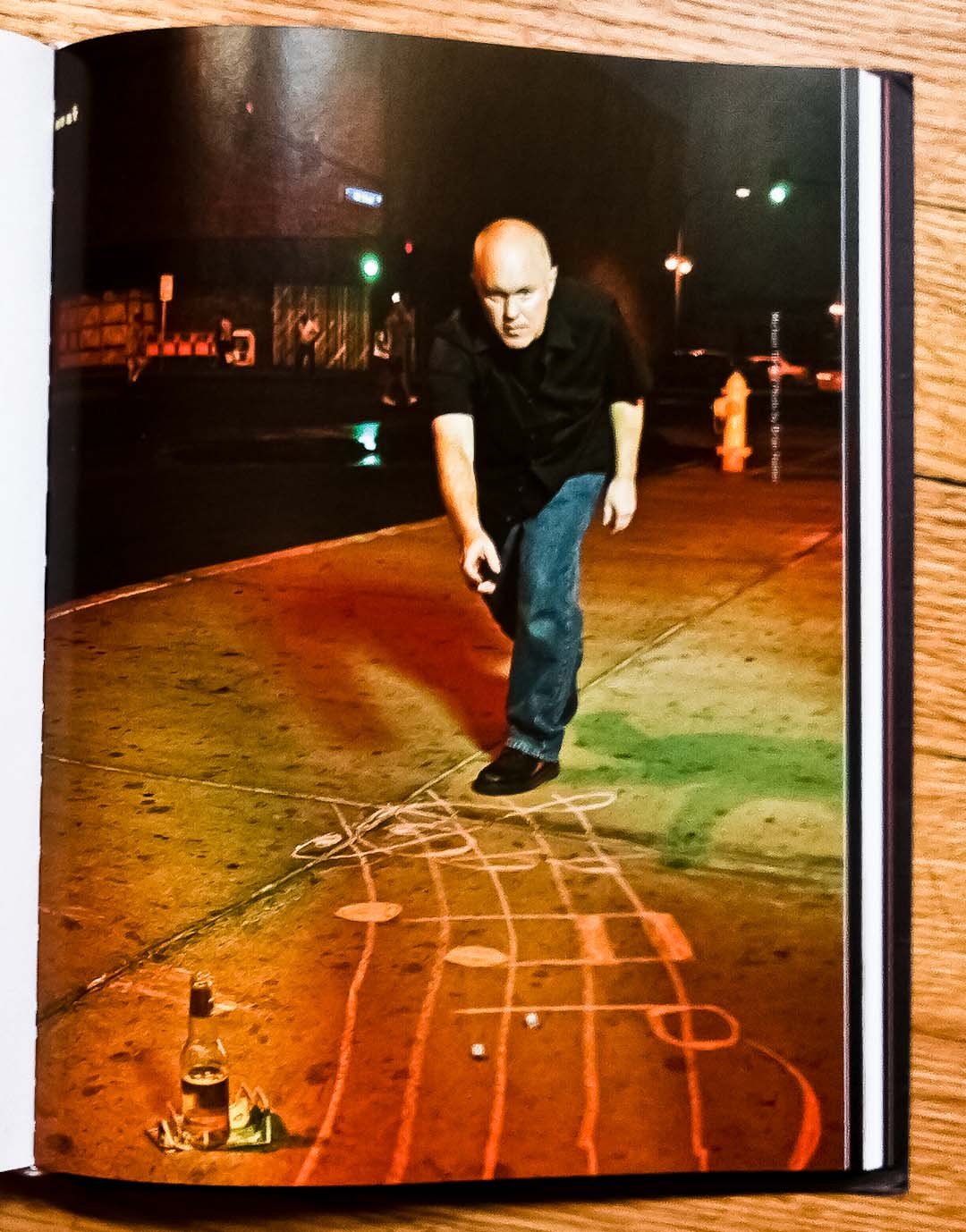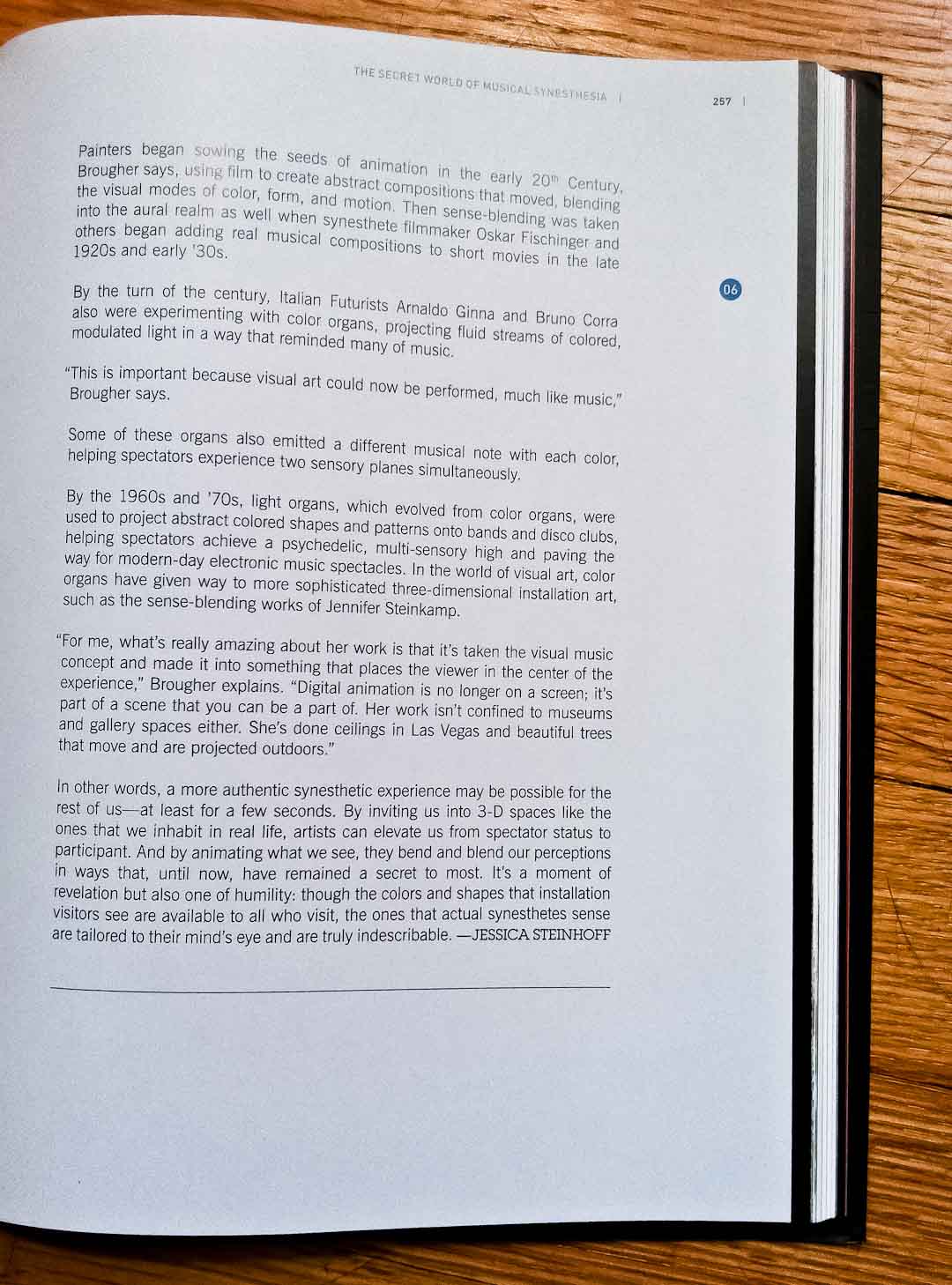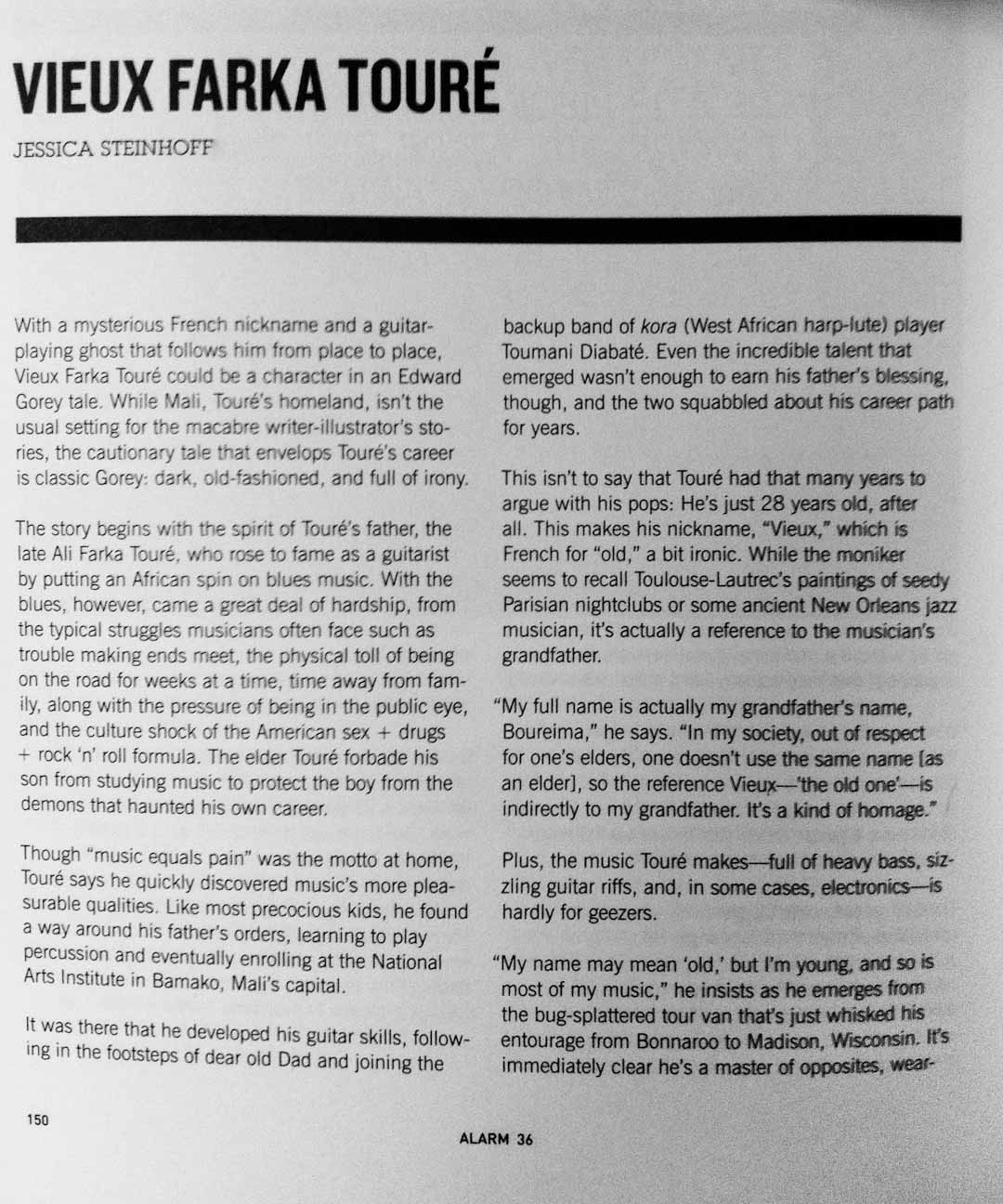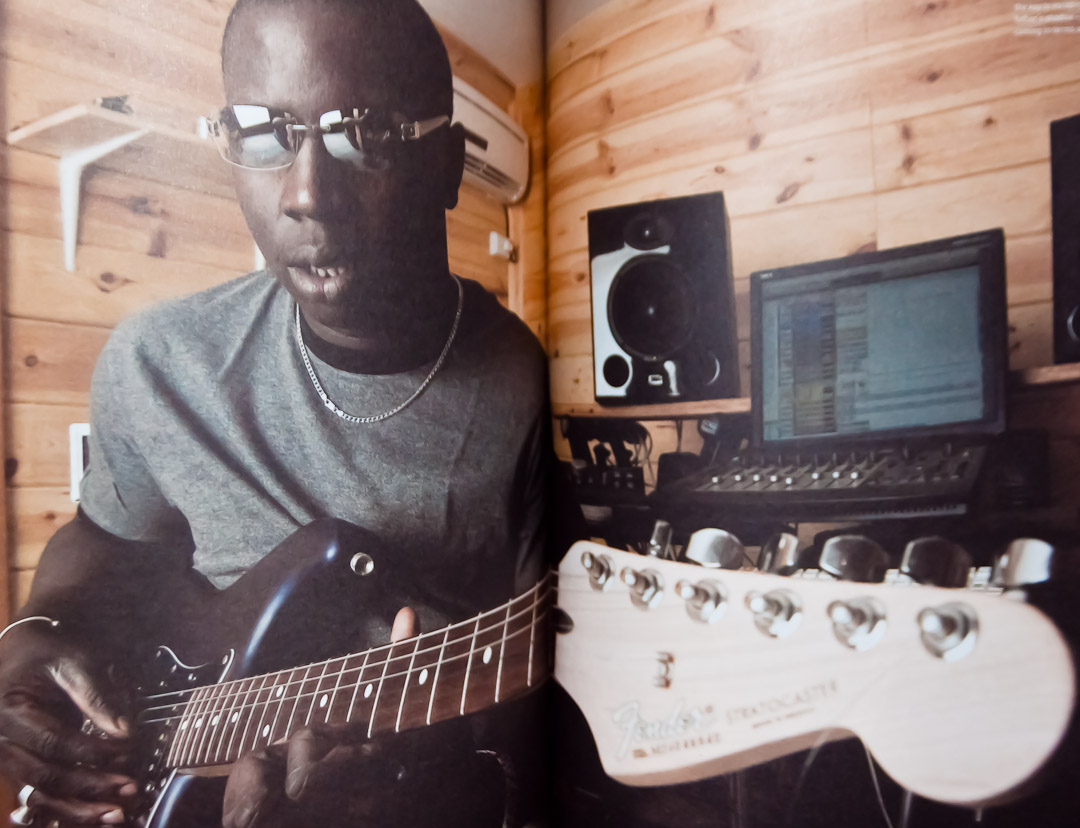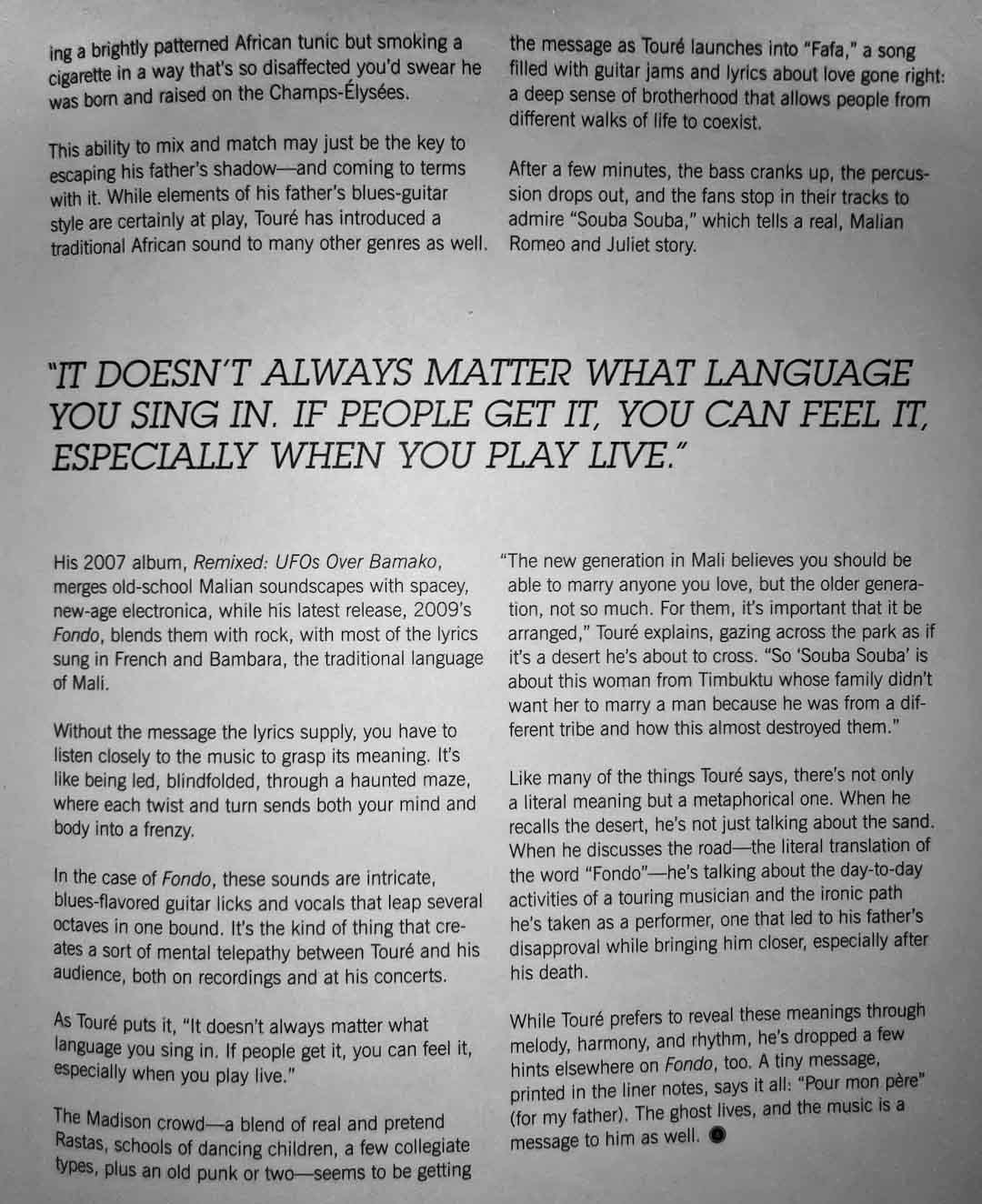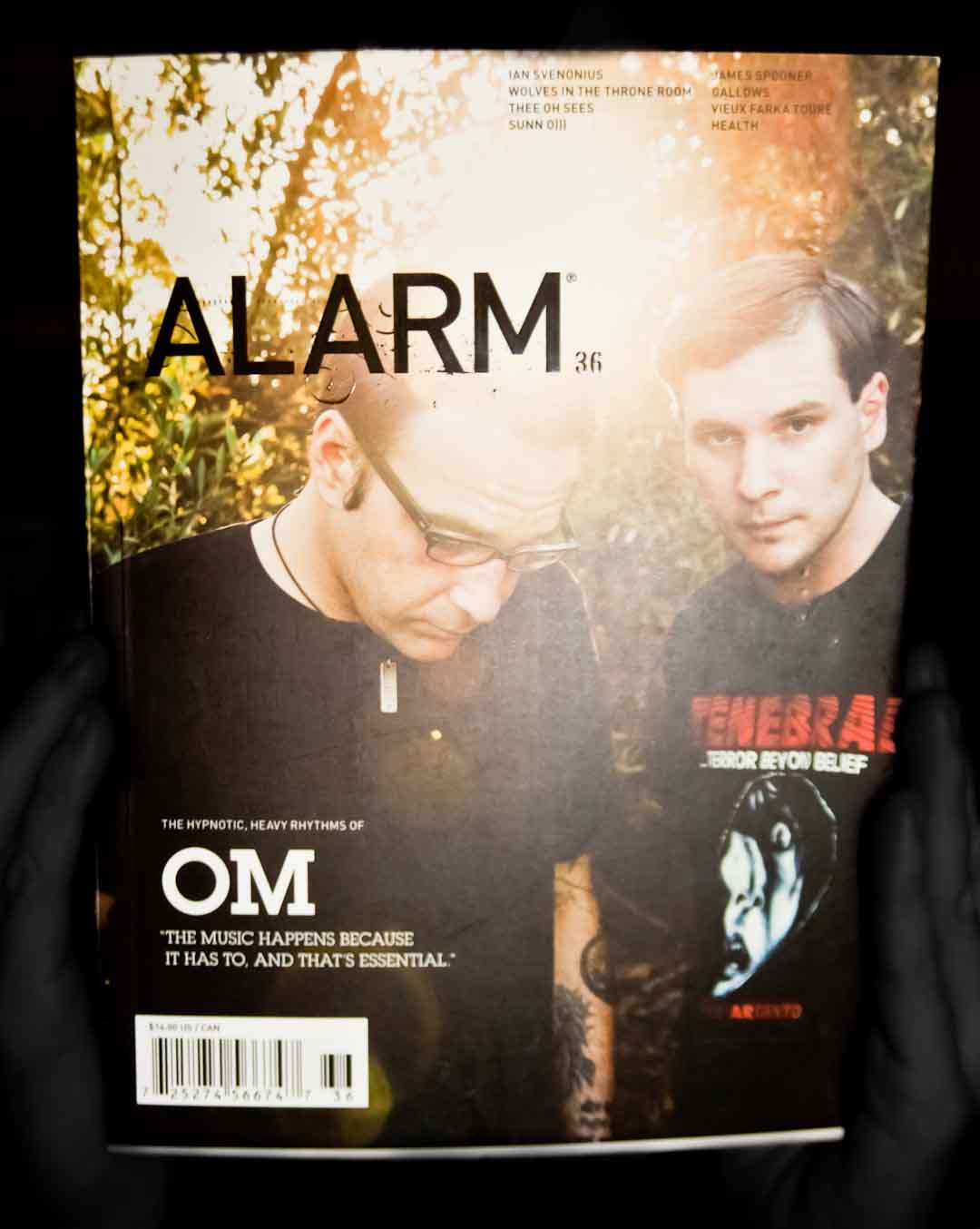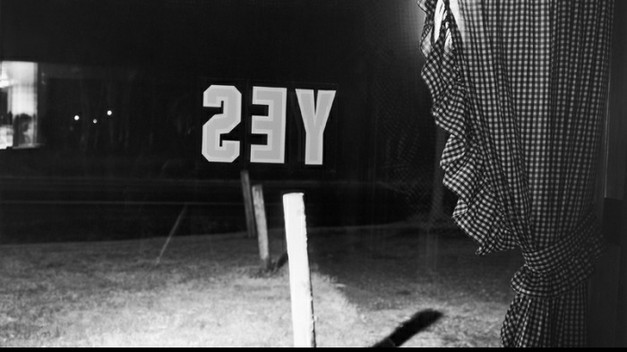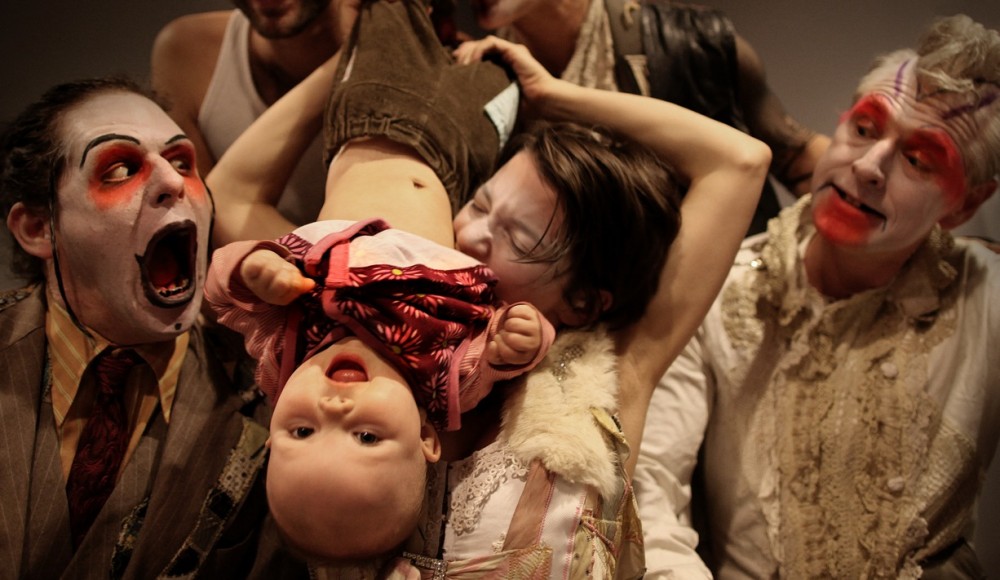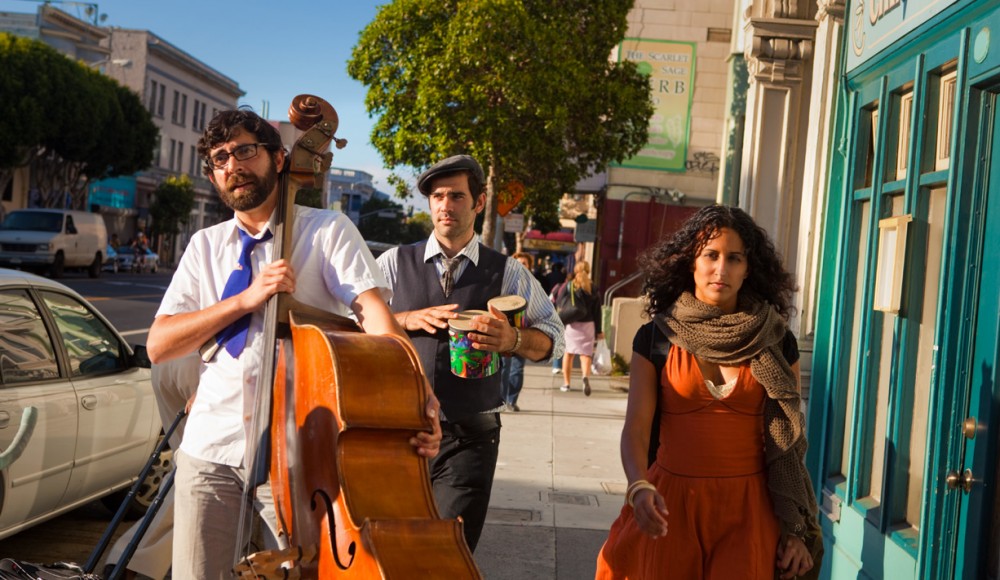“You’re lucky you don’t have braces,” Lois Lowry remarks when I tell her I’m calling from Isthmus. She says the newspaper’s name is a tongue-twister.
We both chuckle. I remember being a metal-mouth when I was 13, about the same age as Jonas, the protagonist of her Newberry-winning young-adult novel The Giver. It’s hard enough to speak eloquently as an adult, without any dental hardware. I’m thankful I’m not one of the kids in the book, who are punished when they misspeak, whether mispronouncing a word or choosing the “wrong” term for what they’re trying to describe.
This problem is especially troublesome for Jonas, who is chosen to become the Receiver in his orderly dystopian community. No one remembers the distant past, except for the person chosen to “contain” all of the pleasures and horrors of history. This person, the Receiver, is the only one who knows of foreign things like color, animals and even snow. He must experience them, and the feelings they generate, all by himself. Not a soul — except for the few others who’ve held the title — has the slightest notion of what he’s going through.
Jonas often wonders how he’d try to describe the memories of the past he’s begun to contain. They’re transmitted through the touch of the outgoing Receiver, who has grown old and weary. To Jonas, this man is known as the Giver. Through this mentor, Jonas receives his first sled ride and his first rays of sunshine.
“What words could you use that would give another the experience of sunshine?” Jonas wonders. Not that he’s allowed to speak of the memories he’s receiving. Or that anyone would understand or believe him. But he can’t help but ponder.
This question is similar to the ones facing Children’s Theater of Madison as it prepares The Giver for the stage. Lowry will visit Madison on Jan. 31, sharing insights on the book’s transition from the page to the stage to the silver screen in a free presentation at the Central Library. She recently traveled to South Africa, where parts of a movie based on the book were being filmed. Starring Jeff Bridges, Meryl Streep and other Hollywood heavyweights, it’s sure to cause a stir when it debuts in August. So is CTM’s stage production, which hits Overture Center’s Playhouse Feb. 15-23. After all, the story is one of the most controversial in Y.A. literature. Parents have tried to ban the book from the curriculum in school districts across the country, often in response to a scene involving euthanasia.
Still, The Giver is a popular novel among teens and tweens. Ask a group of them what they think of the book’s ending, and you’re bound to spark a debate. It’s open to interpretation, to say the least. It’s also incredibly moving, which should help imprint the story on theatergoers’ minds. That’s just how Lowry wants it to be.
Comfort vs. security
I first experienced Lowry’s writing through her series of Anastasia books, which follow the trials and tribulations of a girl “just trying to grow up.” They’re funny and poignant, and I see hints of them in the film Ghost World, the TV show Daria and the comedy of Aubrey Plaza. Lowry gets awkwardness and the angst that often comes with it. These qualities also apply to Jonas in The Giver, but the story is much more chilling.
At first, Jonas’ community seems like a utopia, but it soon becomes clear that much has been sacrificed to prevent risk and pain. Individual differences are frowned upon, for the most part, and sometimes result in death. Adults apply to receive a marriage partner chosen by the town’s leaders, and approved couples can adopt up to two kids, a boy and a girl, rather than creating them the old-fashioned way. Though families must share their feelings with each other daily, in a setting that resembles a support group, they do not experience intense emotions like love and grief. Not unless they’re the Receiver. Elements of Jonas’ community have an Iron Curtain feel, but by and large, the tale’s themes apply just as much today as when the book was released in 1993.
“Teachers love using the book, mostly in grades 7 and 8,” Lowry notes. “It describes a future time in which people have achieved comfort and security by making terrible compromises. Kids can think about questions like ‘What would you give up in order to have something else that matters to you?’ That’s important, because these are the kids who are going to create our future. They’ll be the politicians and the voters and so much more.”
The theme of control appears in many forms in The Giver. Lowry knows that making her story available for theatrical adaptations means diminishing, even relinquishing, much of her control over the story. Fortunately, she’s satisfied with the adaptation playwright Eric Coble debuted in 2006. It has been performed by children’s theater troupes in Milwaukee, Nashville and several other cities.
“I adapted one of my other books for the stage, which is something I’d never done before. I put in all these stage directions, and the director of the theater had to gently tell me, ‘We have other people who take care of that,'” she says with a laugh. “A play depends not only on the script but the other people who have input, like the director and the set designer. It’s always fascinating to see what they do with the story.”
In other words, Lowry knew to keep her distance when she released The Giver‘s film rights more than 15 years ago. Several big movie studios have expressed interest since then, and Bridges spent years advocating for the story, but nothing materialized until 2012, when Australian director Phillip Noyce (Clear and Present Danger, Rabbit-Proof Fence) picked up the story and ran with it. Lowry was surprised how many times he and the producers asked for her advice.
“I’ve given my suggestions, and they’ve often taken them and just as often ignored them, as they should,” she says. “I’ve never made or written a movie, and I’m not conversant enough with the changes that are necessary to make The Giver into a film.”
Lowry says one of the biggest adaptation challenges is turning thoughts into actions. She’s likely to discuss this topic at the Jan. 31 event, where she’ll read a portion of the book and then invite actors from the CTM production to read lines from the same scenes in the play.
“This is an introspective book. The dialogue is relatively unimportant, and there’s not a lot of action,” she says. “There need to be visually exciting things to watch, and I would be too locked into what I put in the book. I’ve been excited to see how meticulously directors and designers create the visuals.”
‘The Dude of CTM’
So how will CTM bring Jonas’ thoughts to life on stage? Artistic director Roseann Sheridan says the troupe’s approach centers on “essential experiences” Jonas has in the book.
“The playwright sets up Jonas’ family relationship and the ceremony where Jonas becomes the Receiver and then the experience of going to the Giver for training,” she says. “It’s not embellished with a lot of narration or asides to the audience. It’s more about how the two main actors are reacting visually and emotionally to the events that happen as the story unfolds.”
While CTM hasn’t unveiled the entire cast list, Sheridan knew from the start that she wanted American Players Theatre’s Paul Bentzen to play the Giver.
Though he hadn’t read the book, Bentzen fell in love with the character while reading the script.
“There’s nothing histrionic about the part, and there’s almost a cinematic quality to it,” he says. “Jeff Bridges is playing the role in the movie, so I’m basically the Dude of CTM.”
But the story’s biggest appeal is its humanity, Bentzen says.
“Sometimes you can only appreciate a thing by embracing its opposite, like how it takes pain to know pleasure or death to experience life more fully,” he says. “The overarching theme is love, and how life, love and humanity can be swept away in favor of ideals that turn out not to be so ideal. These are important lessons for everybody.”
Communicating these ideals — and their shortcomings — is one of the production’s steepest hurdles. Jonas realizes his community discourages choices when he discovers color. Though people can no longer experience rainbows, they no longer start wars over racial differences. Sheridan points to a key scene from the book, in which Jonas sees red for the first time, when tossing an apple to a friend.
“You have to figure out how to deal with an apple that’s gray one minute, and then red, and then gray again,” she says. “Sometimes we’re able to do that with an effect like lighting, and other times, we just say, ‘This is Jonas’ story, and everything on stage is seen through his eyes, so how do we get that across?'”
Sheridan and director Patrick Holland discussed adding projected images to the production but ultimately decided on a simpler mode of storytelling. She describes designer Mike Lawler’s set as “a lot of monolithic and dark” elements, with a few familiar objects such as bicycles.
“It has an architecture that suggests the type of future you read about in the book, where there’s not much in the way of colors and defined shapes,” she says. “It’s not decorative, but it’s functional.”
Bentzen is curious to see how the play’s setting differs from the ways young readers have imagined the setting of the book. He and Sheridan are also eager to watch them ask questions about the story’s most difficult and controversial moments.
Fielding such questions has become a way of life for Lowry, who writes letters to readers who assume The Giver‘s depiction of euthanasia is an endorsement of the practice.
“This interpretation has always puzzled me,” she says. “I think of The Giver as a highly moral book. My protagonists always come to my imagination with a name attached, along with a few defining characteristics. It’s almost always a kid who’s introspective and who has great integrity. That’s what I value most in a character, and I also value that in real people. You develop these qualities by reading and thinking through problems, and by imagining what might make the world a better place.”

